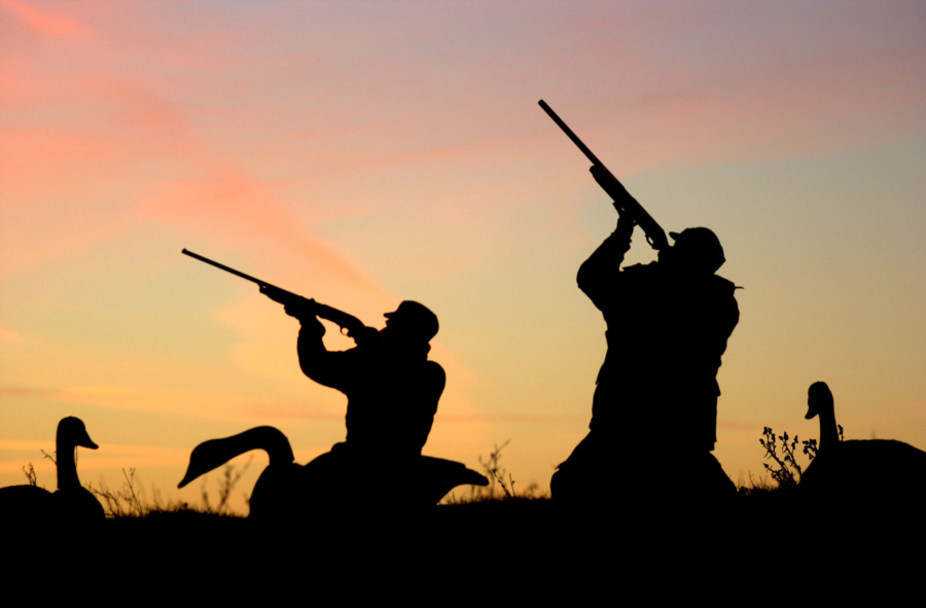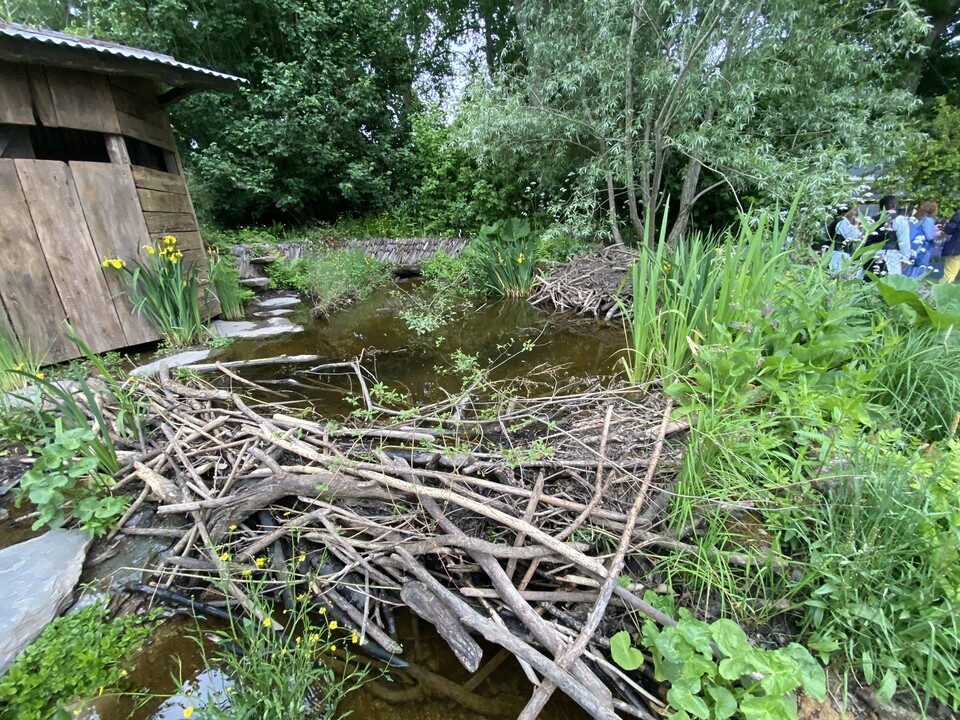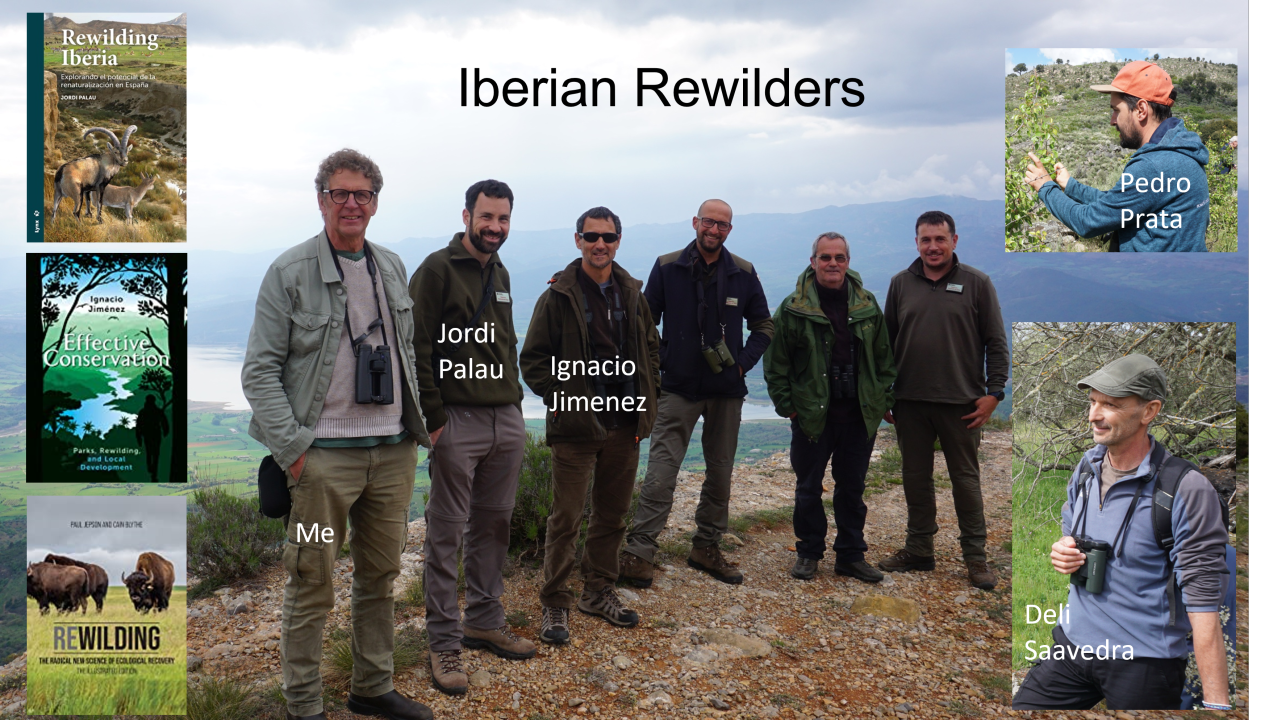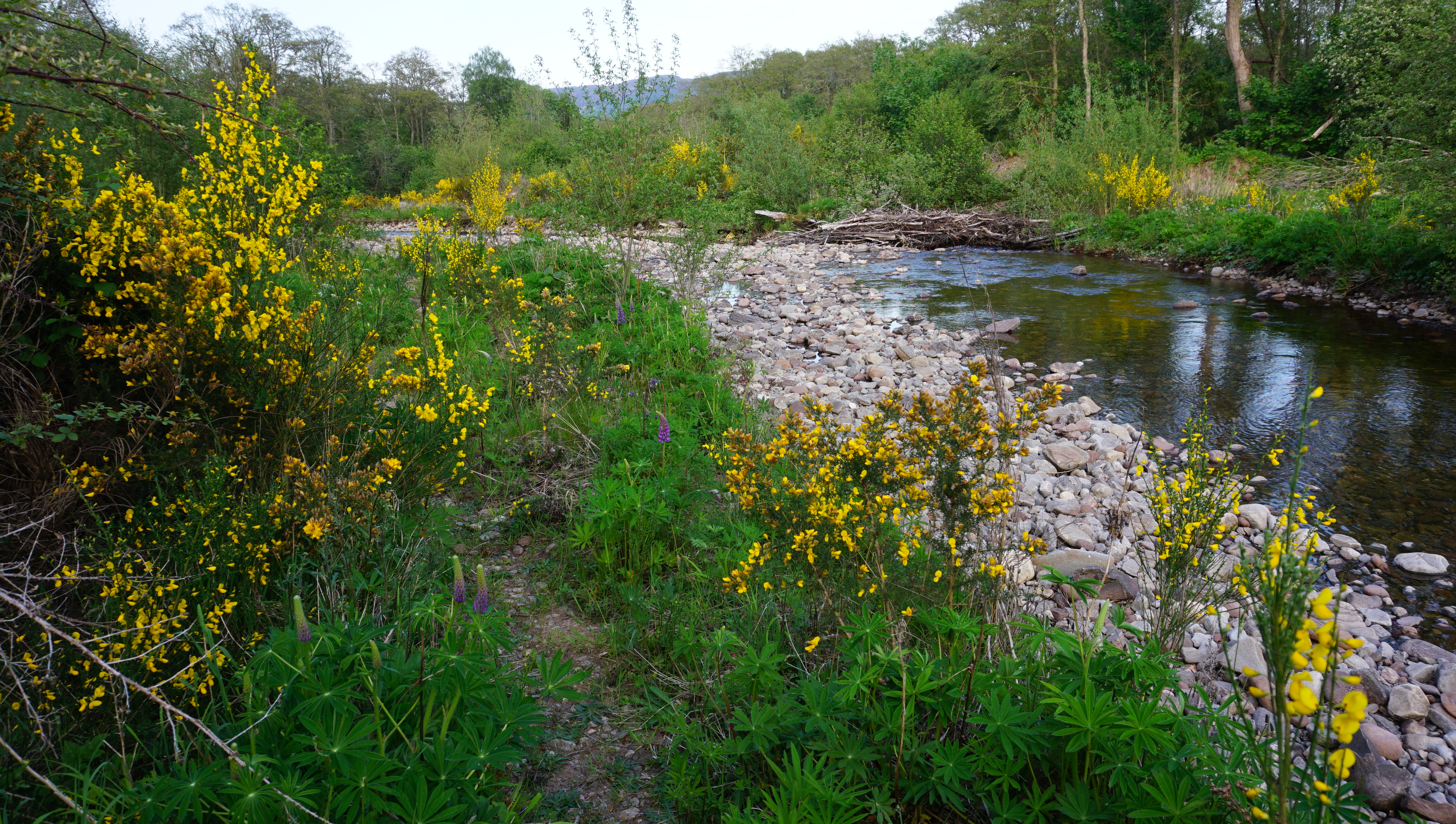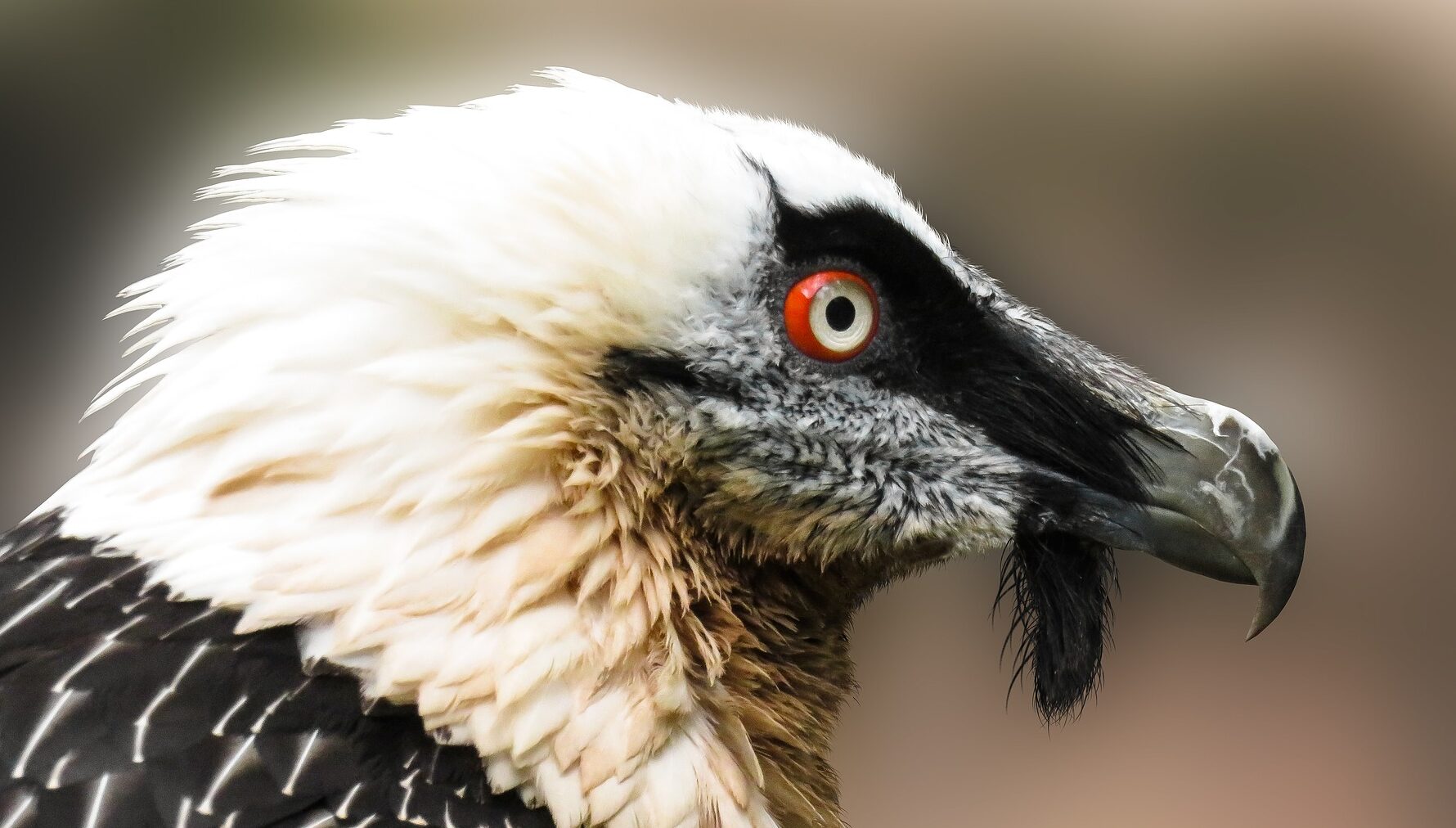First published in The Conversation on 10 Oct 2013
In an article for National Geographic and a forthcoming documentary film, author and birder Jonathan Franzen ponders the slaughter of migratory songbirds around the Mediterranean, and asks how it can be stopped. When the same question was asked 40 years ago, the result was the 1979 EU Birds Directive, the birth of modern pan-European environmental organisations.
That Franzen is asking this question again now is significant. It reflects a growing view among European bird conservation networks that the issue demands attention. Europe’s dwindling bird populations may be less able to withstand hunting. By exposing the scale of bird trapping and hunting, Frazen dispels the popular assumption that Malta and Cyprus are the last stubborn outposts of this practice, and draws attention to holidaying hunters (particularly Italians) who head to less regulated countries such as Albania.
When the European Union (then the European Community) was created, it was reported that huge numbers of migratory birds, in excess of 500 million, were killed for food and sport. Two informal bird protection committees, one German and one Anglo-Dutch, ensured the issue was included in the First Environmental Action Programme (1973), and helped the European Commission draft the Birds Directive – a clear, simple and powerful legal instrument.
The issue of migratory bird hunting nicely fit with the politics of the time. The cross-border, pan-European nature of the problem offered the fledgling environment directorate an issue where it could justifiably claim regulatory competence. The idea of killing tired birds returning to their breeding grounds seemed absurd to scientists and cruel to citizens. As member governments (except France) had existing hunting laws, the Directive could be presented as little more than a coordination of existing policy. In short, the Birds Directive was drafted and negotiated, with little opposition, largely from the input of Europe’s organised bird protection societies.
They provided the commission with a conceptual framework written by the eminent British ornithologist Stanley Cramp and grounded in evidence from countries across Europe, and the Directive was given teeth by a European Court of Justice willing to enforce it on member states based on a strict interpretation of the law.
In support, the German Committee Against Bird Slaughter used its network of dedicated amateur activists to go out and witness the seasonal hunting of migratory birds, making complaints to the Commission and to local authorities concerning illegalities and police inaction. This technique was adopted by BirdLife, the world’s largest NGO partnership, in Cyprus and Malta, and generates regular publicity that keeps the issue political.
There are indications that, 30 years on, migratory bird hunters are ageing and dwindling in numbers – at least in Belgium, France and Italy. But there are concerns that a reinvigorated campaign might generate calls to revise the Birds Directive, which is ageing and considered inflexible by many governments. Croatia (acceded 2013), Montenegro, Bosnia and Albania are in the process of integrating into the EU and all have migratory bird hunting traditions. The Eurozone crisis has provoked feelings of injustice and humiliation in Southern Europe, and the risk is that enforcement of Brussels’ legislation at home may be interpreted as yet another attack on southern identities. Bird hunting might become a symbol of resistance.

Franzen’s imagery (and that of photographer David Guttenfelder, who told National Geographic it was “like covering a war”) is shocking, but conservation policymakers and activists need to step back and reflect on how to respond. Simply ramping up established approaches may prove counter-productive.
For sure, there needs to be renewed effort on education – explaining migration, the stresses on wild bird populations, and the science of sustainable hunting – and appeals to people’s sense of morality and fair play. But conservationists also need to recognise that migratory bird-hunting is a nature-based recreation contributing to life-quality in some of the more impoverish areas of Europe. And in many places hunters and trappers are the people who know and care about nature. Do we want to alienate and loose this potential constituency for conservation?
To prompt thinking on new ways to govern migratory bird hunting I have outlined the concept of opti-hunting. Old technologies – the gun and trap – cause us to conflate hunting and slaughter. A progressive approach might be to design and introduce technology that enhances the practice of hunting, but avoids killing.

The OptiGun is an imagined gun-telescope-app-phone hybrid where a bird “hit” becomes digital data rather than a corpse. A telescope replaces the barrel, a triple-trigger operates focus, zoom and fire, and the gun is loaded with batteries rather than ammunition. As a mobile device the OptiGun would integrate the techniques and skills of hunting with photography, producing images instead of kills to be shared instantly on social networks.
The idea might sound fanciful and critics argue that killing is integral to hunting – I am not so sure. The introduction of lightweight binoculars after World War II prompted the rise of bird-watching and bird-protection movements. A new form of “gun” could conceivably generate similarly positive dynamics. Opti-hunting represents positive environmentalism: one that seeks to transform practices through innovation and incentives, rather than through restrictions, regulations and bans.

